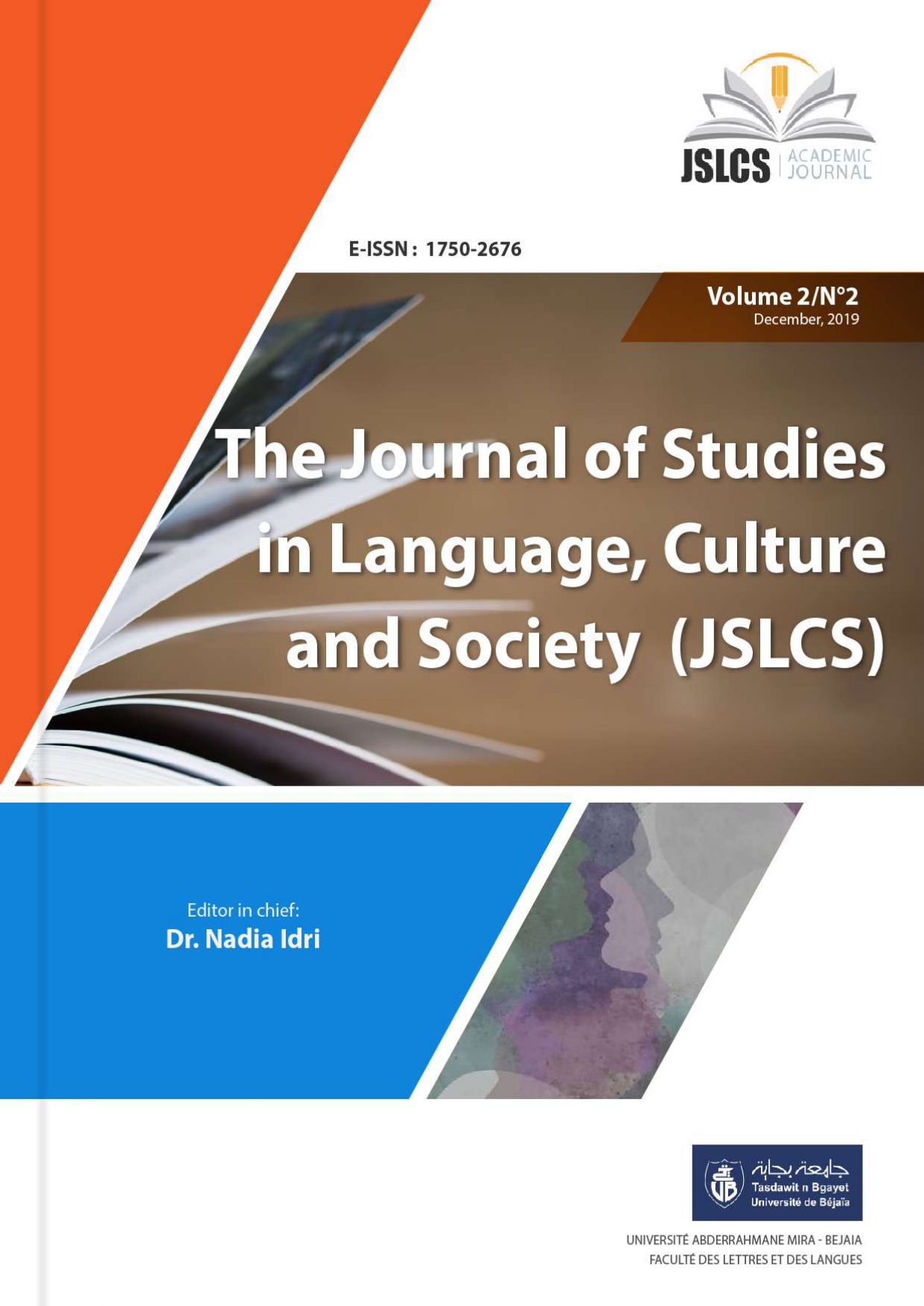Building an Inclusive School: Challenges and Levers to Make an Athand School for All Students
Keywords:
Accessibility, disability, inclusive school, special educational needsAbstract
This paper defends the idea of an inclusive schooling, which, far beyond providing a schooling structure for children with disabilities, aims to transform the mainstream school to enable each student to succeed to the best of his or her ability. The implementation of such a school raises questions about the concepts of accessibility, special educational needs and equity. Several levers are then proposed such as training, collective work and a universal conception of accessibility.
References
- Alin, C. (2019). L'autisme à l'école: Le pari de l'éducabilité. Paris: Mardaga.
- Bergeron, L., Rousseau, N., et Leclerc, M. (2011). La pédagogie universelle: au cœur de la planification de l‟inclusion scolaire. Éducation et Francophonie, 39(2), 87-104.
- Booth, T., etAinscow, M. (2002). Index for Inclusion: Developing Learning and Participation in Schools. Retrieved from United Kingdom; England: http://www.inclusion.org.uk. Provider: OCLC
- Calvez, M. (1994). Le handicap comme situation de seuil: éléments pour une sociologie de la liminalité. Sciences socialeset santé, 12(1), 61-88.
- City of Ottawa and City for All Women Initiative (CAWI).(2015). Equity & Inclusion Lens Handbook. Retrieved from Ottawa: https://www.cawiivtf.org/publications/equity-and-inclusion-lens-handbook-2018
- Charlot, B., Bautier, E., et Rochex, J.-Y. (1992). Ecole et Savoir dans les banlieues et ailleurs. Paris: Armand Colin.
- Connors, E., Curtis, A., Emerson, R. W., et Dormitorio, B. (2014). Longitudinal analysis of factors associated with successful outcomes for transition-age youths with visual impairments. Journal of Visual Impairment and Blindness, 108(2), 95-106.
- Dubet, F., et Allouche, J. L. (1997). École, familles le malentendu. Paris: Textuel.
- Dubet, F., et Duru-Bellat, M. (2009). Les inégalités scolaires entre l'amont et l'aval. Organisation scolaire et emprise des diplômes. Sociologie, 2, 177-197.
- Ebersold, S., Plaisance, E., et Zander, C. (2016). Ecole inclusive pour les élèves en situation de handicap. Accessibilité, réussite scolaire et parcours individuels. [Rapport de recherche].
- Gardou, C. (2012). La société inclusive, parlons-en !: il n'y a pas de vie minuscule. Toulouse: Érès éd.
- Goffman, E. (1975). Stigmates - Les usages sociaux des handicaps. Paris: Les Éditions de Minuit.
- Keil, S., Miller, O., et Cobb, R. (2006). Special educational needs and disability.British Journal of Special Education, 33(4), 168-172.
- Le Laidier, S. (2018). Note d'information N°18-26 - Les enseignants accueillant des élèves en situation de handicap à l‟école. Ministère de l‟éducation nationale, de l‟enseignement supérieur et de la recherche: http://cache.media.education.gouv.fr/file/2018/39/8/depp-ni-2018-18-26-enseignantsaccueillant-eleves-situation-de-handicap ecole_1019398.pdf
- McLeskey, J. J., & Waldron, N. L. (1996). Responses to questions teachers and administrators frequently ask about inclusive school programs. Phi Delta Kappan, 78(2), 150-156.
- Mérini, C., &Thomazet, S. (2016). Faciliter la coopération entre les différents acteurs de l‟école inclusive. Les Cahiers des PEP, 2, 25-31.
- Messiou, K., &Ainscow, M. (2015). Responding to learner diversity: Student views as a catalyst for powerful teacher development? Teaching and Teacher Education, 51, 246-255.
- Mitchell, D. (2008). What Really Works in Special and Inclusive Education: Using Evidence-based Teaching Strategies. Abingdon: Routledge.
- Norwich, B. (2014). Recognising value tensions that underlie problems in inclusive education.Cambridge Journal of Education, 44(4), 495-510. - Poirier, N., et Cappe, É. (2016). Les dispositifs scolaires québécois et français offerts aux élèves ayant un trouble du spectre de l‟autisme. Bulletin de psychologie 4(544), 267-278.
- Rondal, J.-A. (2000). Retards mentaux. In J.-A. Rondal et X. Seron (Eds.), Troubles du Langage: Bases théoriques, diagnostic et rééducation (pp. 589-637). Bruxelles Mardaga.
- Rousseau, N., et Bélanger, S. (2004). La pédagogie de l'Inclusion Scolaire.Sainte Foy: Presses Universitaires du Québec.
- Skrtic, T. M. (1991). The special education paradox: Equity as the way to excellence. Harvard EducationalReview, 61(2), 148-206.
- Thomazet, S. (2008). L‟intégration a des limites, pas l‟école inclusive. Revue des Sciences de l'Éducation, 34(1), 123-139.
- Thomazet, S. (2012). Du handicap aux besoins éducatifs particuliers. Le Français Aujourd'hui, 177, 11-17.
- Thomazet, S., Mérini, C., et Gaime, E. (2014). Travailler ensemble au service de tous les élèves. Nouvelle Revue de l'Adaptation et de la Scolarisation, 65, 69-80.
- UNESCO. (2018). Rapport mondial de suivi sur l'éducation 2020. Inclusion et éducation. Note conceptuelle. Retrieved from Paris: https://unesdoc.unesco.org/ark:/48223/pf0000265329_fre
- Warnock, H. M. (1978). Special Educational Needs.Report of the Committee of Enquiry into the Education of Handicapped Children and Young People.Retrievedfrom London: www.educationengland.org.uk/documents/warnock/








